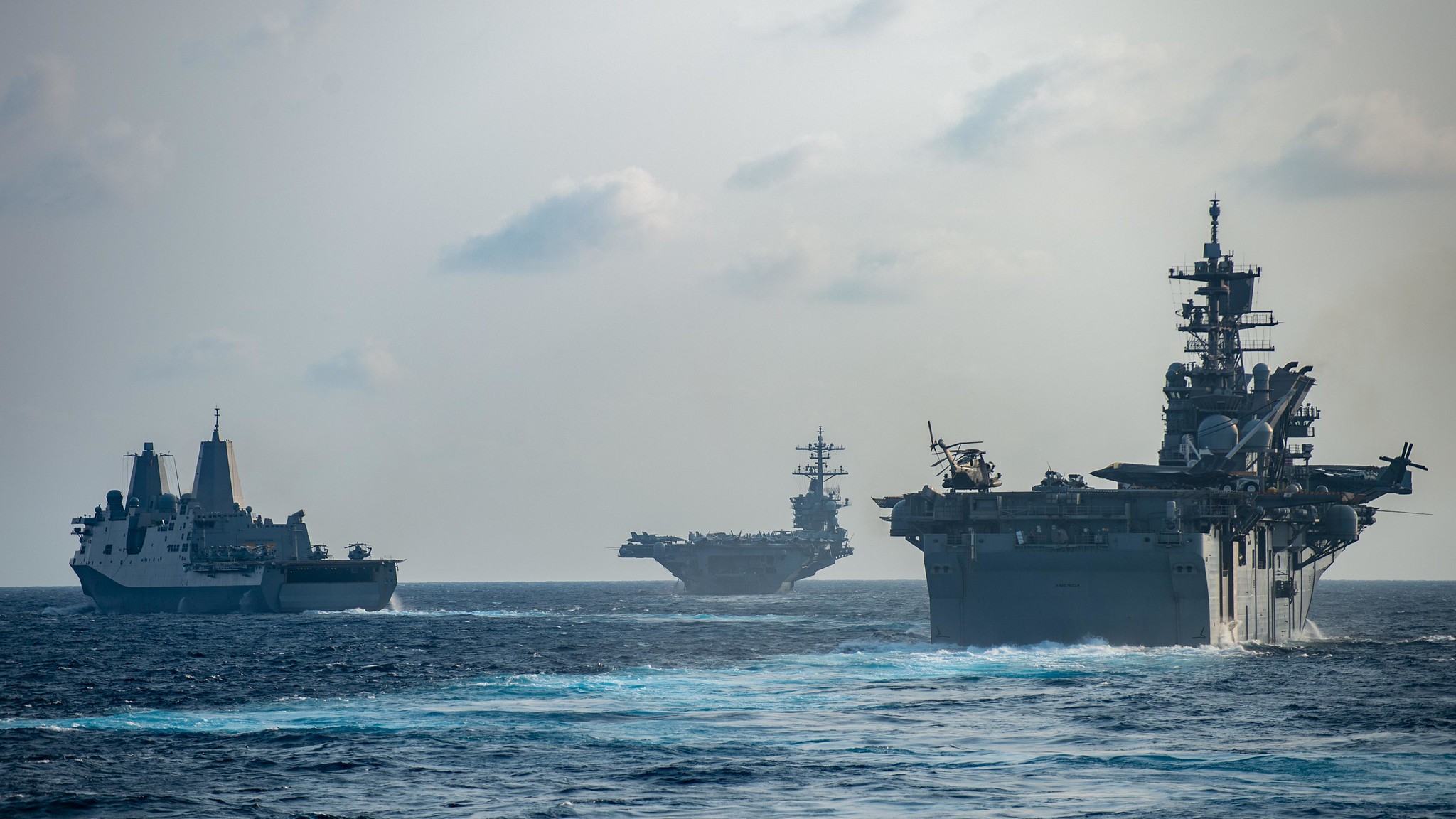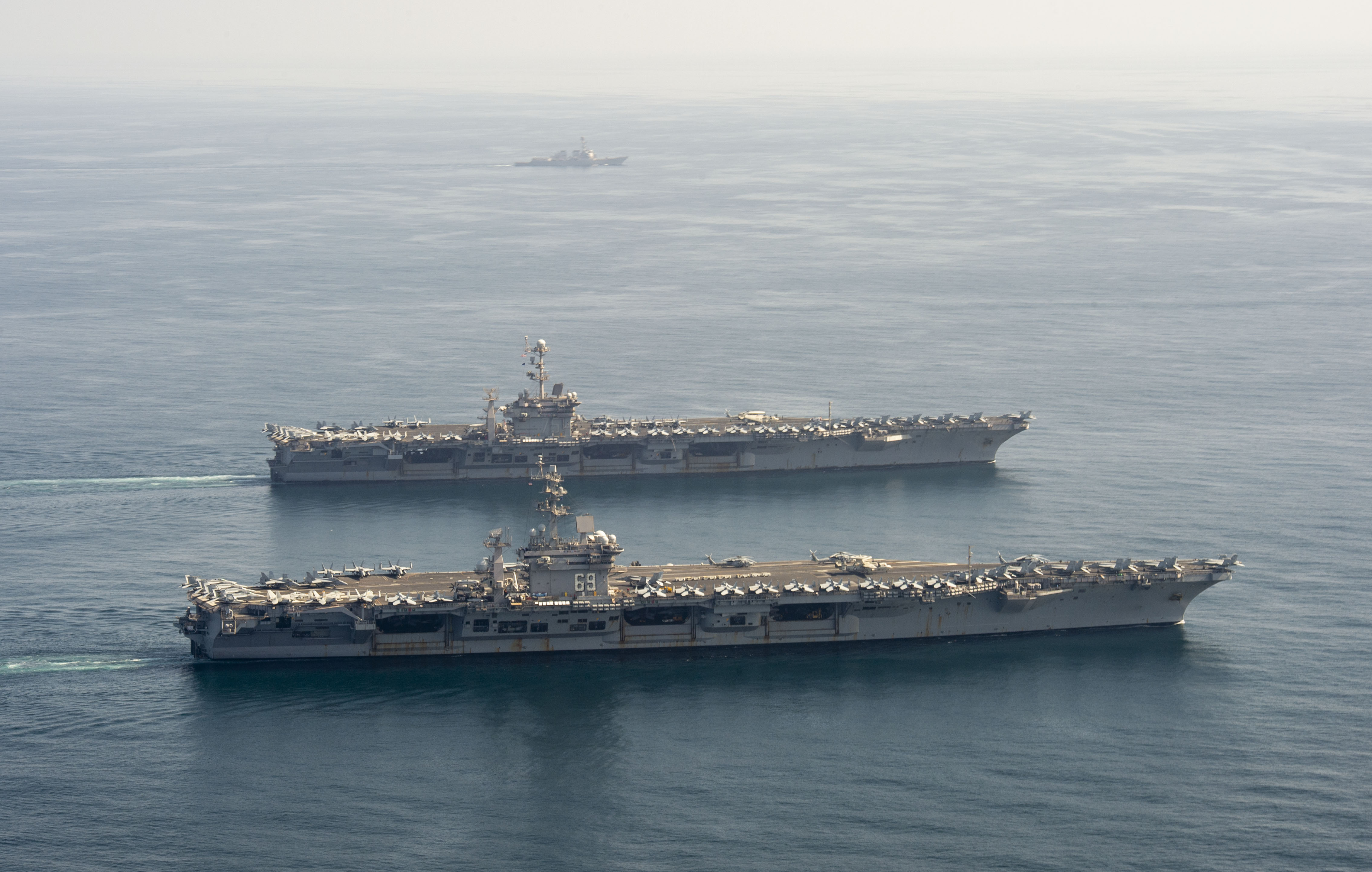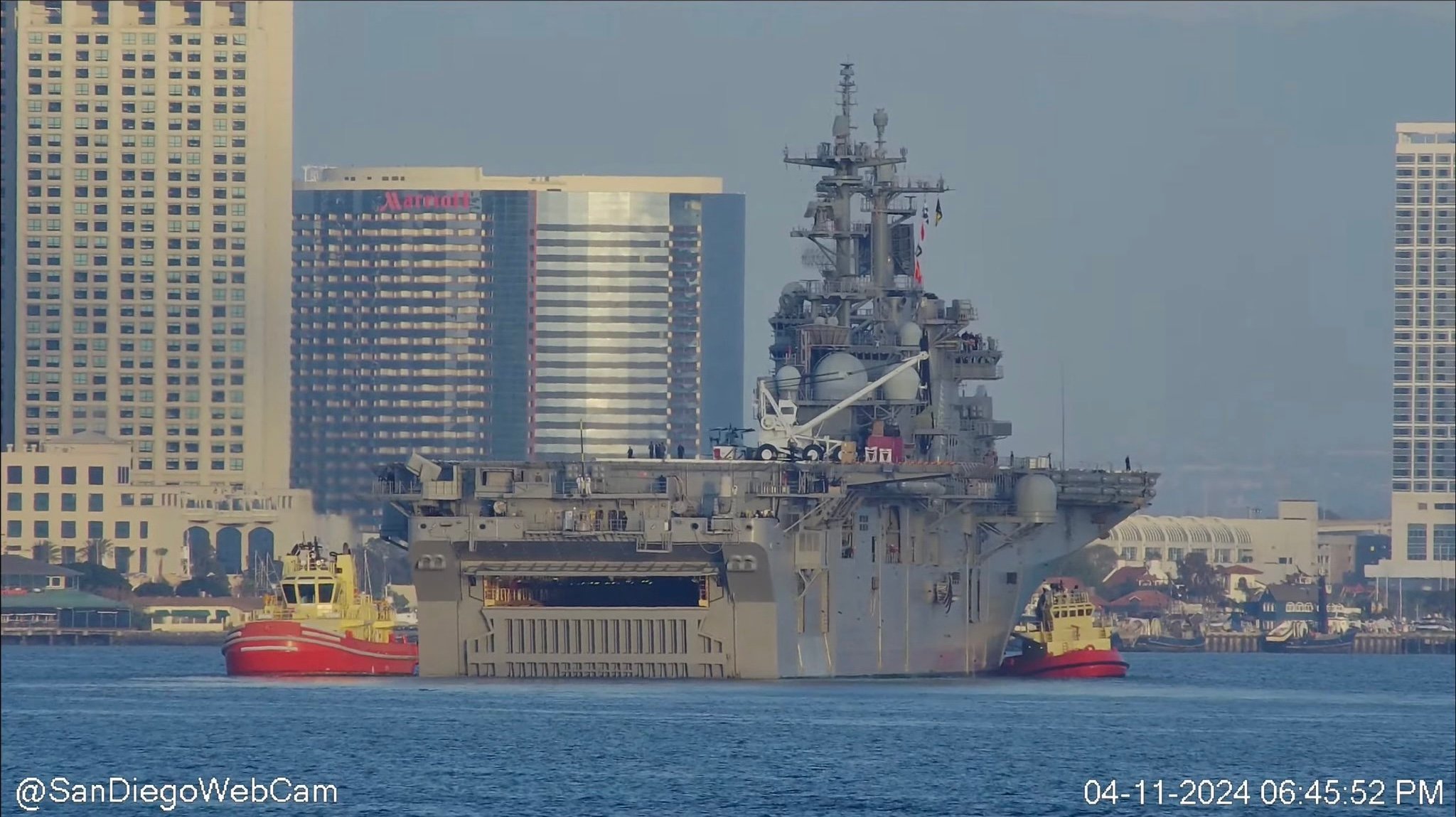
THE PENTAGON – The Navy has postponed its Large Scale Exercise 2020, an event conceived of by the last chief of naval operations as the first real opportunity to execute Distributed Maritime Operations and re-orient the fleet towards advanced operations in support of the National Defense Strategy.
The exercise was postponed until 2021 as the Navy and the joint force deal with the COVID-19 pandemic, both trying to keep the fleet healthy as well as contributing to whole-of-government efforts around the country.
“After careful consideration, Large-Scale Exercise 2020, planned to be executed this summer, is postponed until 2021 in a joint decision made by U.S. Fleet Forces, U.S. Pacific Fleet, and U.S. Naval Forces Europe,” a Fleet Forces spokesperson told USNI News.
“The decision to postpone the exercise comes in response to the global effort to contain the spread of the novel coronavirus (COVID-19). The postponement of the exercise will allow the Navy to remain focused on ensuring the safety of the sailors, Marines, civilian staffs, and their families amidst the Navy’s COVID-19 crisis response effort, as well as ensuring the continued mission capability of the fleets. This is particularly important for the many personnel involved in the vast planning effort required to organize and execute an exercise of this scale.”
The spokesperson added that “Large-Scale Exercise is the first iteration of a live-execution of fleet design. Leveraging operational concepts like Distributed Maritime Operations (DMO), Expeditionary Advanced Base Operations (EABO), and Littoral Operations in a Contested Environment (LOCE), naval operational architecture, and command and control in a contested environment, it provides a key opportunity for the development and testing of alternative warfare concepts.”
The Navy had not publicly released many details about what would be included in the exercise, but USNI News understands that, in addition to being the first time the Navy practiced the DMO concept in a live event, it would also be the first time to incorporate emerging unmanned technologies into a fleet exercise. The Sea Hunter medium unmanned surface vessels, paired with Littoral Combat Ships, would have operated off the West Coast in the PACFLT portion of the exercise, while the Overlord large USVs, currently undergoing maintenance and upgrades at Gulf Coast yards, would have participated off the East Coast under Fleet Forces.
In December CNO Adm. Mike Gilday said information warfare and tactical cyber teams would also have to be a main feature of the exercise, meant to replicate a modern conflict against a peer adversary.
“We don’t do anything in the U.S military today without leveraging space,” Gilday said. “It’s the same thing with cyber. It’s why I want small tactical fleet cyber teams,” he said, adding that LSE 2020 would include a pilot program establishing information warfare cells and tactical cyber teams that work inside the existing fleet maritime operations center.

Former CNO Adm. John Richardson proposed LSE 2020 in his Design for Maintaining Maritime Superiority 2.0 document released in December 2018. Under his call to “strengthen naval power at and from the sea,” he called for the full operational capability of U.S. 2nd Fleet, which was reached on Dec. 31, 2019; the establishment of data-driven processes for achieving readiness, which is underway; the execution and refinement of Dynamic Force Employment, meant to keep the operating force strategically predictable to allies but operationally unpredictable to adversaries, which the Navy has a few examples of doing but has largely struggled to change how the joint force employs naval assets; and maturing Distributed Maritime Operations through the inaugural Large Scale Exercise 2020 and follow-on events.
“Design the Large Scale Exercise (LSE) 2020 to test the effectiveness of DMO. LSE 2020 must include a plan to incorporate feedback and advance concepts in follow-on wargames, experiments, and exercises, and demonstrate significant advances in subsequent LSE events,” Richardson wrote in the Design.
Gilday embraced the LSE 2020 idea even as he sought to take Richardson’s wide-ranging Design and simplify it with his first fragmentary order after taking over as CNO last fall.
This week, Gilday told USNI News during a press briefing at the Pentagon that the Navy would seek other ways to train even as the COVID-19 pandemic threatens normal operations and forces the postponement of naval engagements big and small, from port visits to smaller bilateral exercises to the largest exercises such as LSE 2020 and potentially the Rim of the Pacific 2020 exercise in Hawaii.
“In terms of LSE 2020, that exercise will be postponed. There are other things that we will do and continue to do now. And so we just did dual-carrier operations in the Central Command [area of operations] within the last week. We did a very large exercise with the Air Force over the Philippine Sea. We’re doing stuff in the Mediterranean, as well, with our destroyers,” he said.
“So we will continue, wherever possible, continue to train in numbers as we can.”
Acting Secretary of the Navy Thomas Modly said in the same press briefing that no decision had been made yet about RIMPAC.
“We’re still considering that, and we’re all watching this thing very closely to see what direction it will head,” he said.





